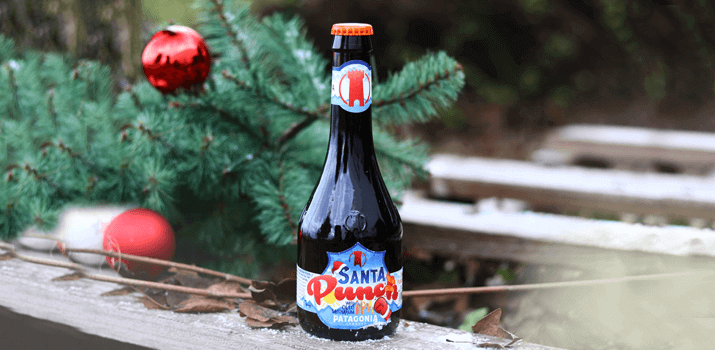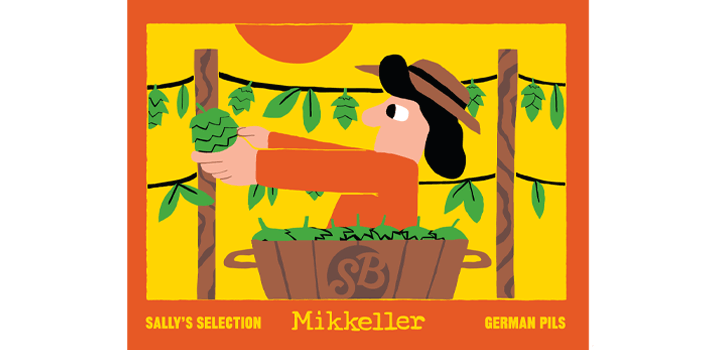WHY MAKE A YEAST STARTER?
1. Increase cell count. Having a high pitching rate makes better beer.
2. Increase cell viability. Healthy yeast cells ferment quickly, produce minimal fermentation by-products, attenuate sufficiently (ferment to a proper final gravity), can ferment high-gravity worts, and have more tolerance for high concentrations of alcohol.
3. Reach full attenuation. An insufficient amount of cells may ferment sluggishly or incompletely, especially in a high-gravity or lager wort.
4. Shorten growth. Reducing the duration of the lag and growth phases minimises the opportunity for wort contamination and the formation of fermentation by-products.
5. Improve beer flavour and aroma. Underpitching creates stress and too much work for too few cells. Stressed cells are more likely to create off-flavours or aromas in the finished beer. Unpredictability is not something a brewer needs.
WHAT SIZE YEAST STARTER?
A 1000ml starter is appropriate for a 20-litre (five-gallon) batch of ale of up to about 1.080 starting gravity, or a lager of up to about 1.060 starting gravity. A 2000ml starter is appropriate for a 20-litre (five-gallon) batch of ale of gravity over 1.080 or a lager up to 1.080.
HOW TO MAKE A YEAST STARTER
The following instructions are for making a one-pint starter in a 1000 mL flask using a Wyeast Activator ‘smack’ pack.
1. Break the inner pouch to activate the yeast; ideally, the yeast would be allowed to incubate for three hours, but it can be pitched immediately.
2. In a pan, bring 650 ml of water to a boil. Once the water reaches a boil, remove from heat and stir with 120ml of dry malt extract. Return to heat and gently boil the wort for 15 minutes.
3. Sanitise the flask, foam stopper, yeast pack, and a pair of scissors.
4. Carefully pour the wort into the flask, then attach the foam stopper. Using a hot pad or potholder, move the container to a cold-water bath. Add ice or cold water to speed cooling.
5. Once the wort has cooled to 29ºC or lower, remove the stopper and pitch the yeast. Re-attach the foam stopper and shake or swirl the flask to aerate the wort and help the yeast.
6. Allow the yeast starter to ferment for at least 12 hours. Usually, a fermenting yeast starter will not exhibit the same indicators of fermentation as your main batch such as krausen and a bubbling airlock). Instead, look for a cloudy appearance, ‘yeasty’ or ‘beery’ aroma (instead of sweet and ‘worty’), and a layer of white sediment on the very bottom of the flask.
7. Pitch the starter into the main batch. Swirl the flask to pick up the sediment at the bottom, and pour it into the fermenter. Alternatively, you may wish to decant the spent wort from the flask and add only the thick yeast slurry at the bottom. To decant the spent wort – chill the flask for several hours to cause the yeast cells to settle, then pour the wort off of the top. Before pitching, add 100-200 ml of boiled and cooled water or wort to the flask and swirl vigorously to dislodge the slurry.
To make a 2000ml batch use 1300ml of water and 230ml of dry malt extract and follow the same instructions.
USING A STIR PLATE
Putting your yeast starter on a stir plate (see p51) will greatly increase the rate of growth and the size of the yeast culture. A 0.5-litre starter on a stir plate will produce the same cell count as a two-litre non-stirred culture. A starter on a stir plate will usually be ready to pitch in about 12 hours instead of 24.





